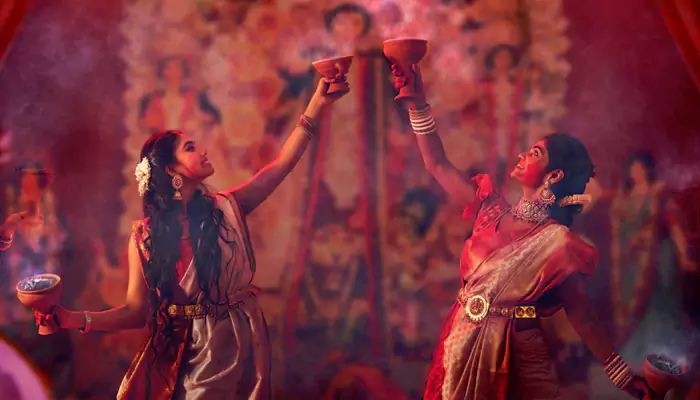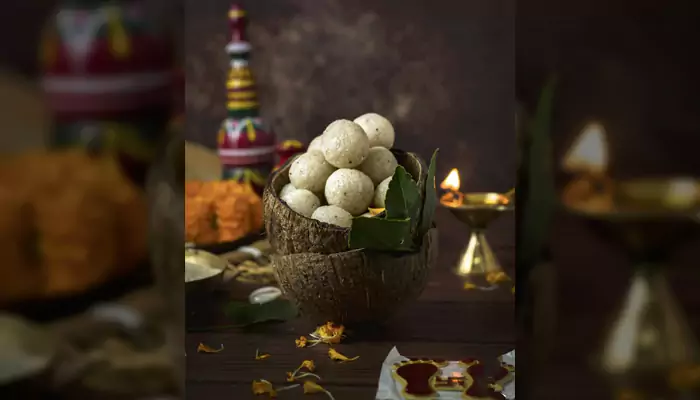Halloween 2024: The Origins Of Celebrating It On October 31 And The Tradition Of Trick-Or-Treating
- Gurpreet
- 1 year ago
- 3 minutes read

Here’s everything you need to know about the spookiest day of the year, which is on October 31 each year.
On October 31 every year, people across the globe observe Halloween and we see pumpkins. witch hats, and devil horns all around to add to the spooky celebration. Interestingly, Halloween Day actually originated from the ancient Celtic festival of Samhain, which meant the end of the harvest season and the kickstart of winter. The day is marked on October 31 specially because the Celts, who resided in about 2,000 years ago in what is now Ireland, the United Kingdom, and northern France, had a belief that on the night of October 31, the boundary between living world and the world of the dead became blurred.
Halloween is also commonly known as Hallowe’en (a contraction of All Hallows’ Evening), and marks the eve of the Western Christian feast of All Hallows’ Day, or All Saints’ Day. However, over the years, the event has become associated with dressing up in costumes and Halloween events.

Why Do We Celebrate Halloween?
While the exact origins of the festival is disputed, it is thought to have started in the Celtic fringes of Britain, and over the years, it was adapted by Christian traditions. Since the Gaels – a group native to Ireland, Scotland and the Isle of Man – and the Celts, believed that spirits could crossover on this day, dinner tables were set in order to appease the spirits. They would also be offered food and drink, while bonfires were lit to ward off the evil spirits.
As for the costumes on Halloween, people tend to dress up as souls of the dead in order to protect themselves from the spirits through impersonation.
Origins Of Trick-Or-Treat

It is said that the practice of trick-or-treating originated in the 16th century, in Ireland, Scotland and Wales. At the time, people went door-to-door in costume and asked for food in exchange for a poem or song. Both children and adults, on October 31, ask for treats with the phrase "trick or treat". While the "treat" is a form of candy/sweets or money in some cultures, the idea of "trick" refers to a threat or mischief if no treat is offered to the person asking for it. People usually signal that they are willing to hand out treats by setting up Halloween decorations outside their doors, and indicate that they have candy.
Nonetheless, the history of trick-or-treating and the tradition of people wearing costumes at Halloween certainly goes back to as far as 16th century Scotland and Ireland, and continues to be celebrated till this day.

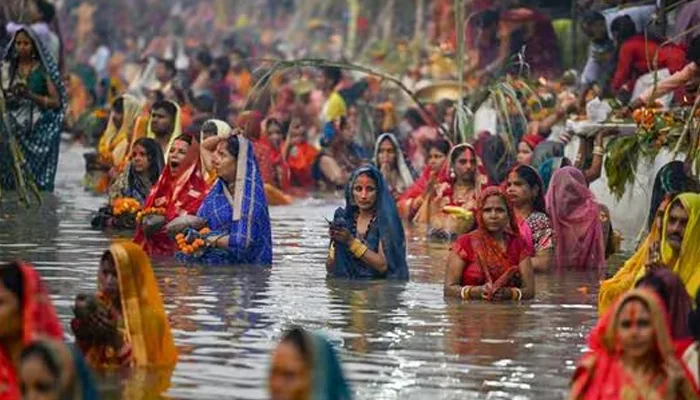
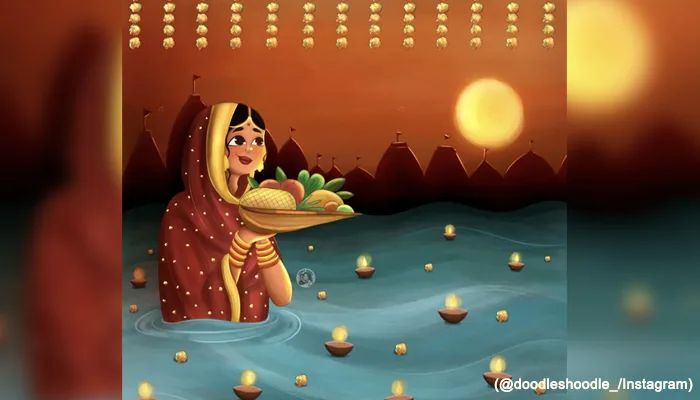
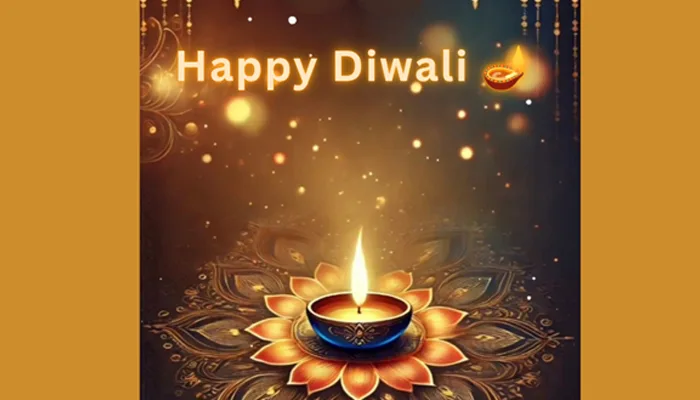
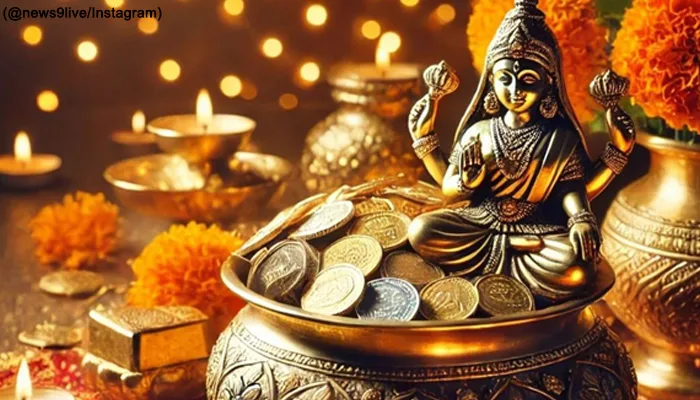
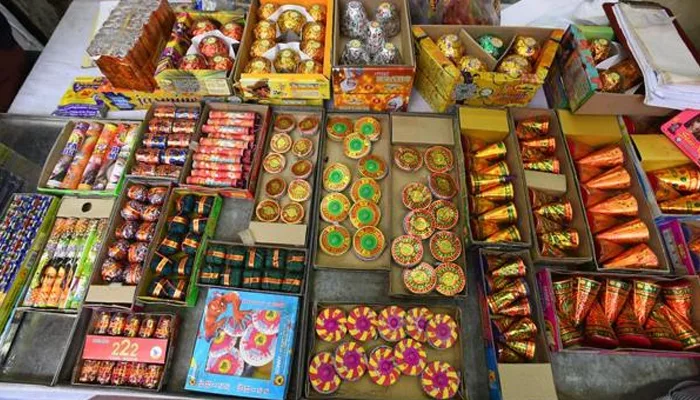
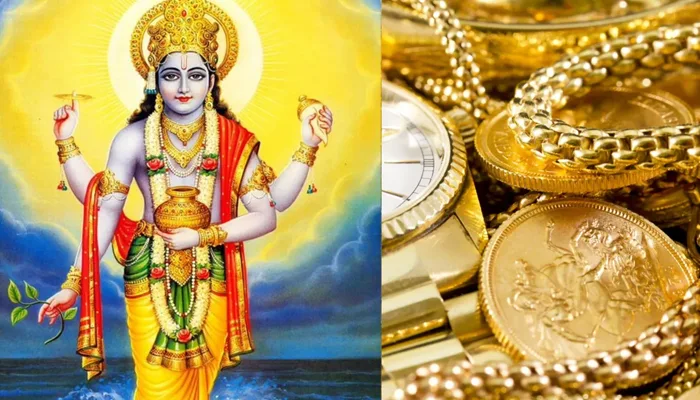
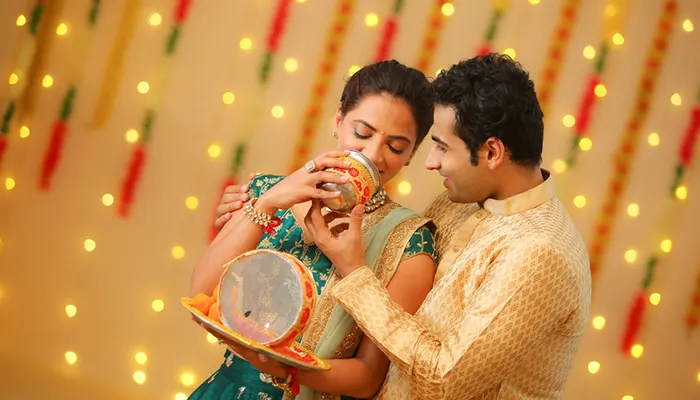
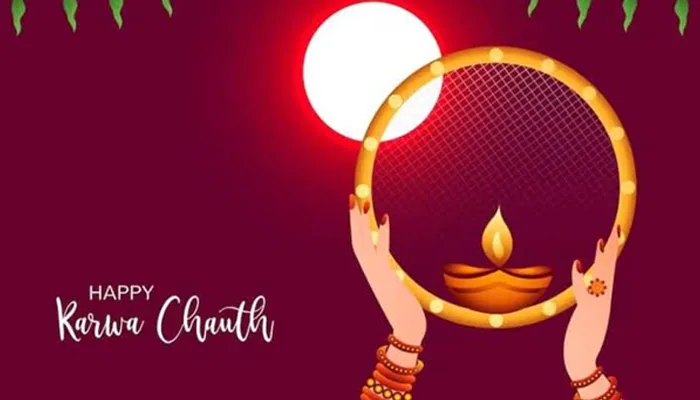
.webp)
